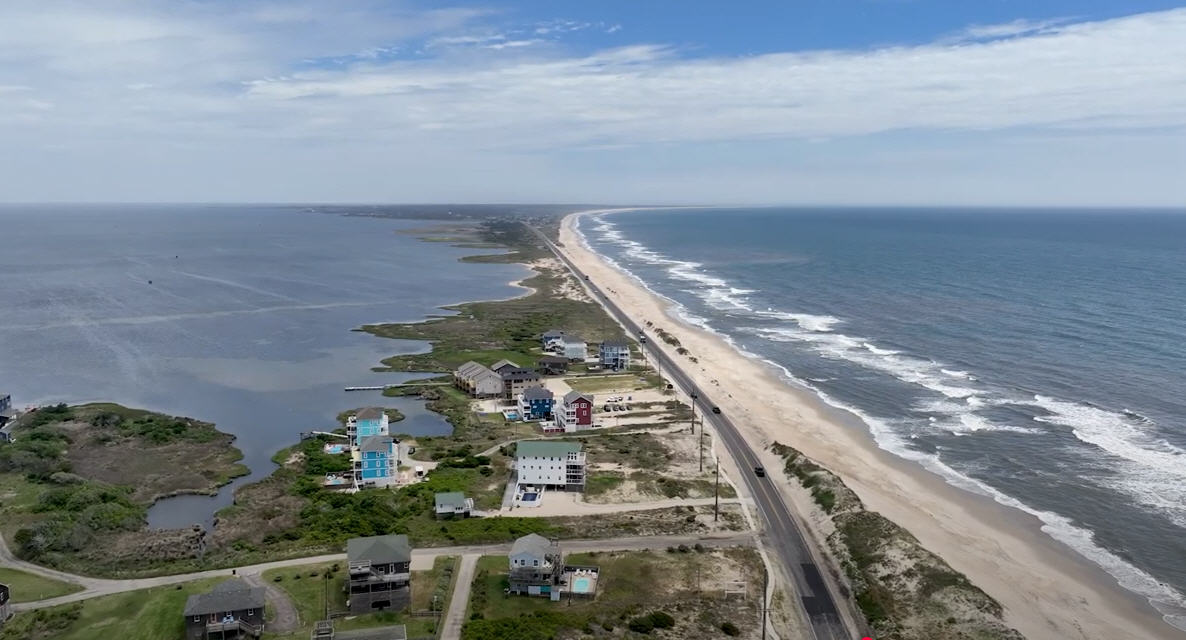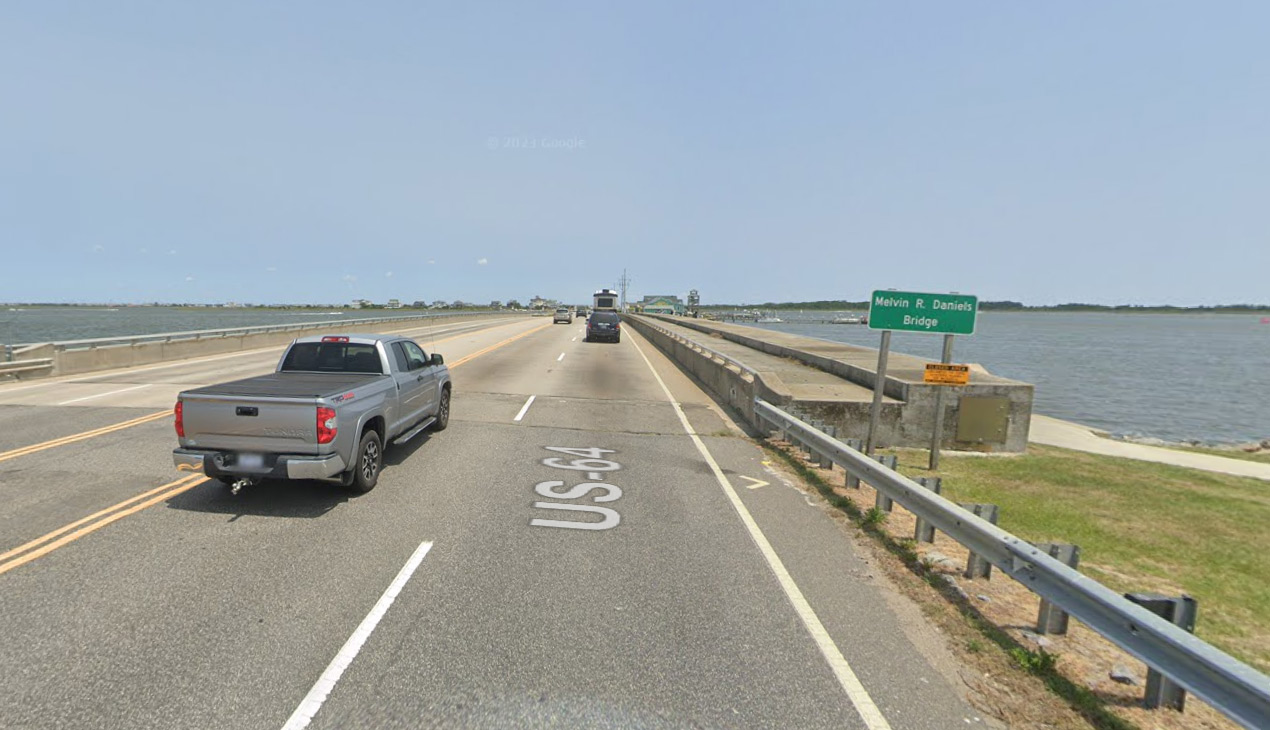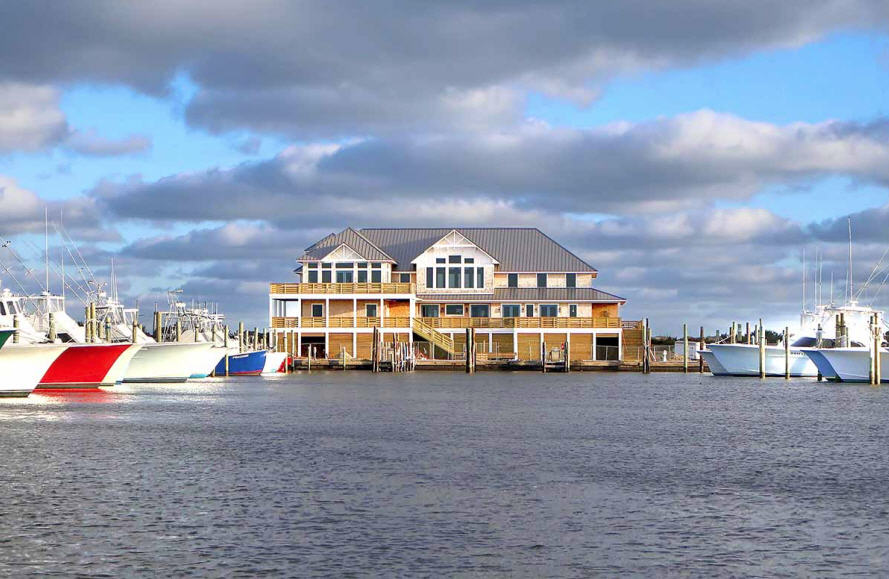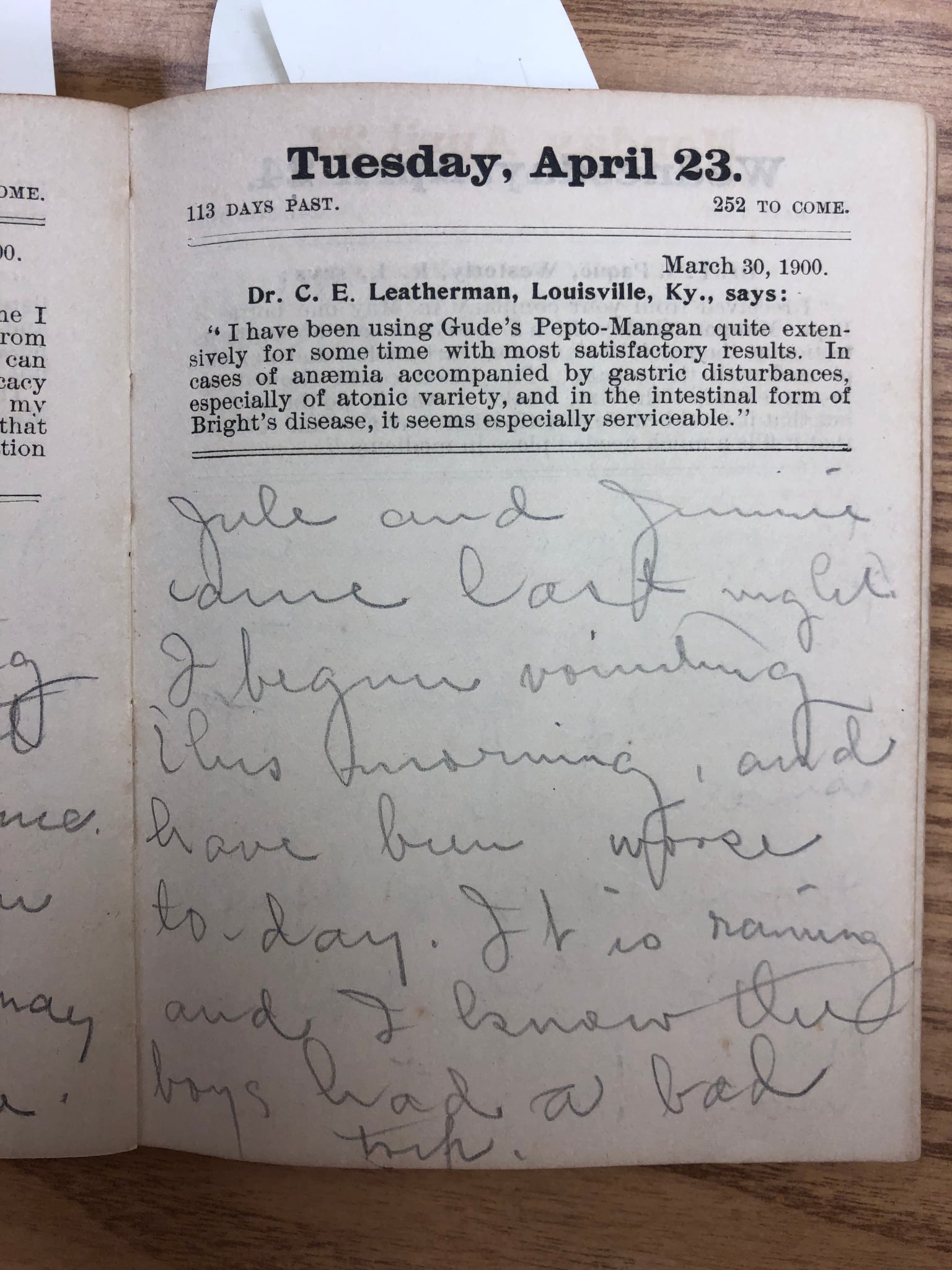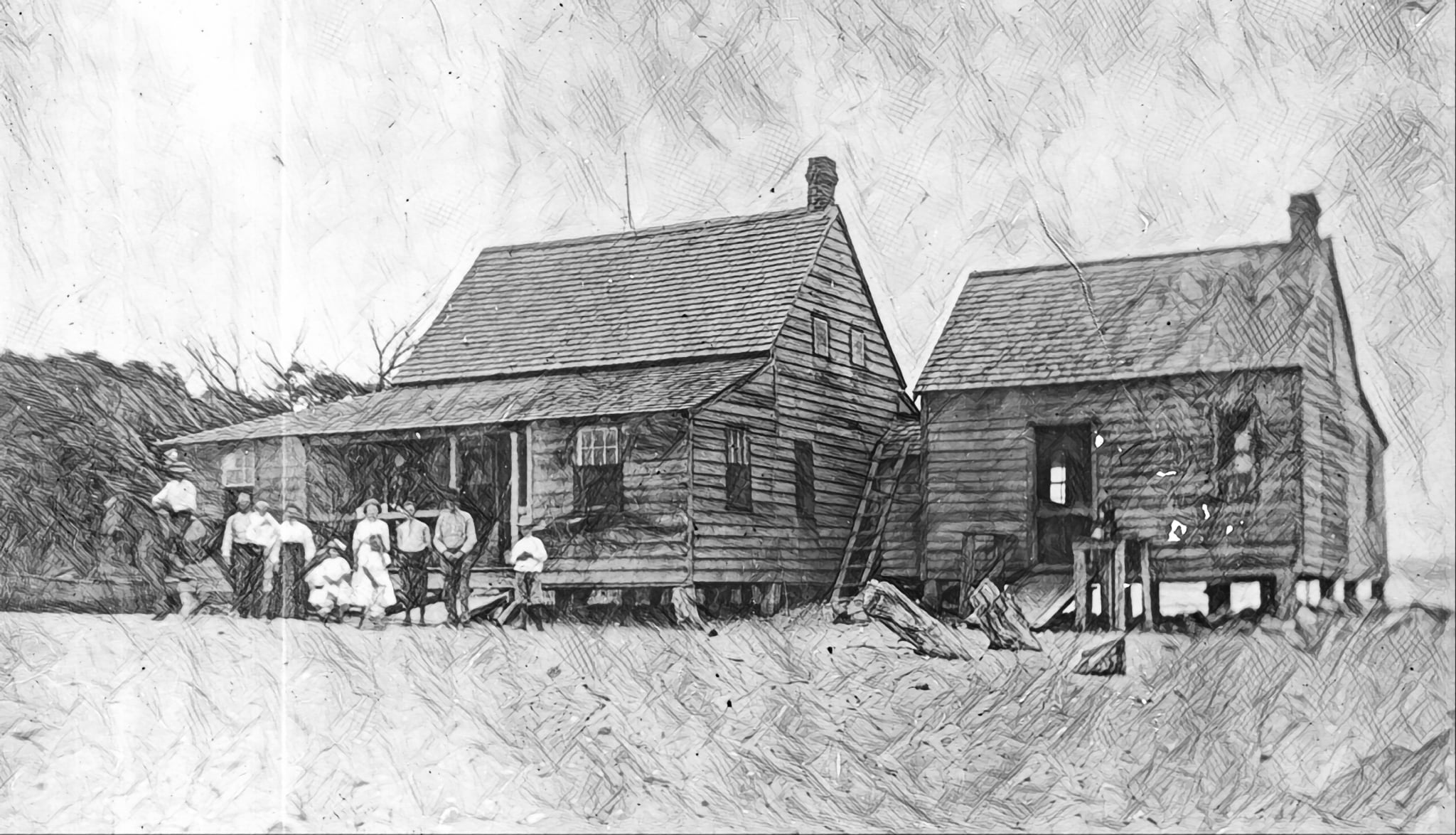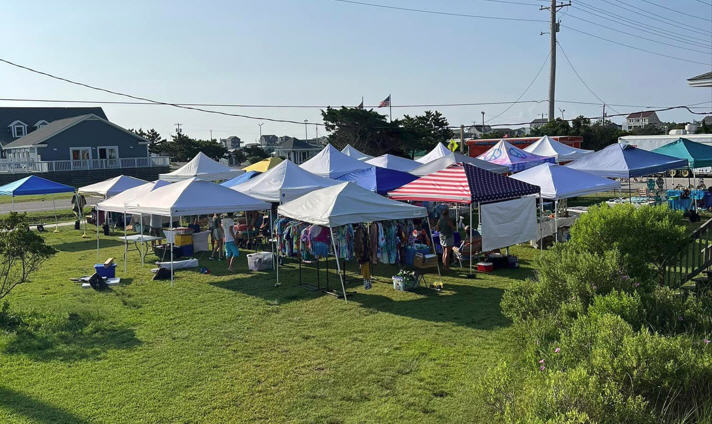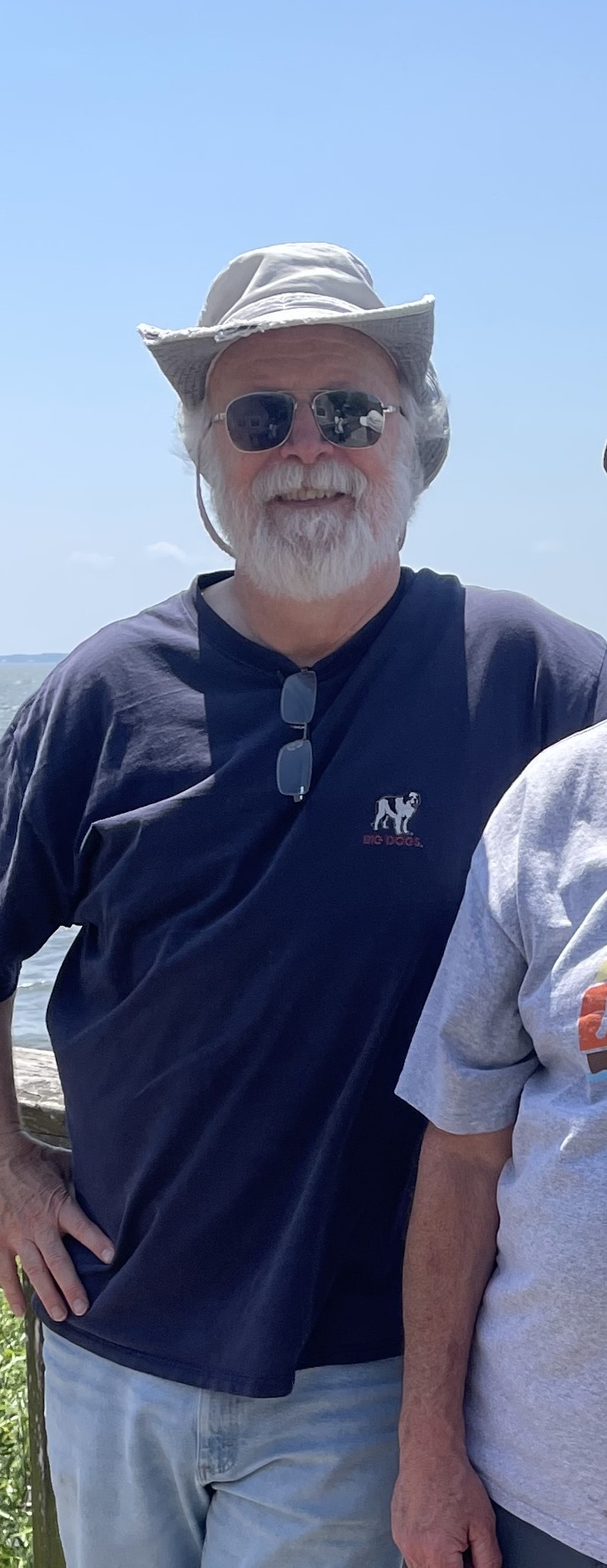Island History: A spotlight on stories from the Outer Banks’ Life-Saving Service

The Chicamacomico Life-Saving Station (CLSS) is celebrating its 150th anniversary this year, as one of the seven original Life-Saving Stations to be built in North Carolina in 1874.
As such, the Chicamacomico Life-Saving Station and Historic Site in Rodanthe will be sharing stories about the seven 1874 Outer Banks stations until the end of 2024, to celebrate and mark this milestone
The following is the next of these Life-Saving Station feature articles to honor the #LegacyofLifeSaving, written by Jen Carlson for CLSS.
Tried and True at the Nags Head Life-Saving Station
Around midnight of April 7, 1907, the Nags Head Life Saving Station responded to a vessel in distress just yards away from the station.
The schooner, Louis Bossert, had lost her way in the fog and stranded near the shoreline. Keeper Van Buren Etheridge requested assistance from their sister station, Bodie Island, before taking the beach apparatus cart to the scene.
Working together, the two crews were able to safely land a total of ten people consisting of both passengers and crew.
Eight men were sheltered at the station for three days before returning to the vessel. The two female passengers stayed until the schooner was floated five days after the initial incident.
All in a Day’s Work at the Chicamacomico Life-Saving Station
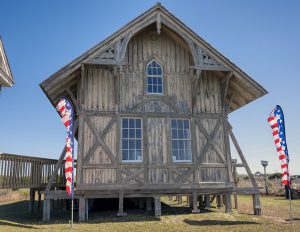
Sometimes it’s just having a hard day at work: On September 16, 1903, the morning lookout at the Chicamacomico Life-Saving Station (CLSS) spotted a signal flag on a schooner about three miles south of the station on the Pamlico Sound.
Keeper Little Bannister Midgett lead his crew and took the supply boat to the scene to see what assistance was needed.
The schooner, Lonia Buren, was a local supply vessel from Kinnakeet carrying a load of wood that had been driven into the marsh by an overnight storm.
The vessel’s master was asking for help to relaunch the schooner, but nothing could be done until the necessary supplies were collected. Because the schooner was in no danger, the CLSS crew returned to the station to keep watch.
Over a week later, on September 28, Keeper Midgett contacted both sister stations of Gull Shoal and New Inlet to assist in moving the schooner. It took multiple days of the crews working together to dig vessel out of the wet marsh and onto skids before being able to move her further into the sound to wait for the next rising tide to float her.
Finally, on October 1, the Lonia Buren was free from the marsh and was able to continue on her supply run. Keeper Midgett ended his written account of the incident with a simple yet telling statement, “It was a hard day’s work.”
For more stories like these, visit the Chicamacomico Life-Saving Station where history is alive.




